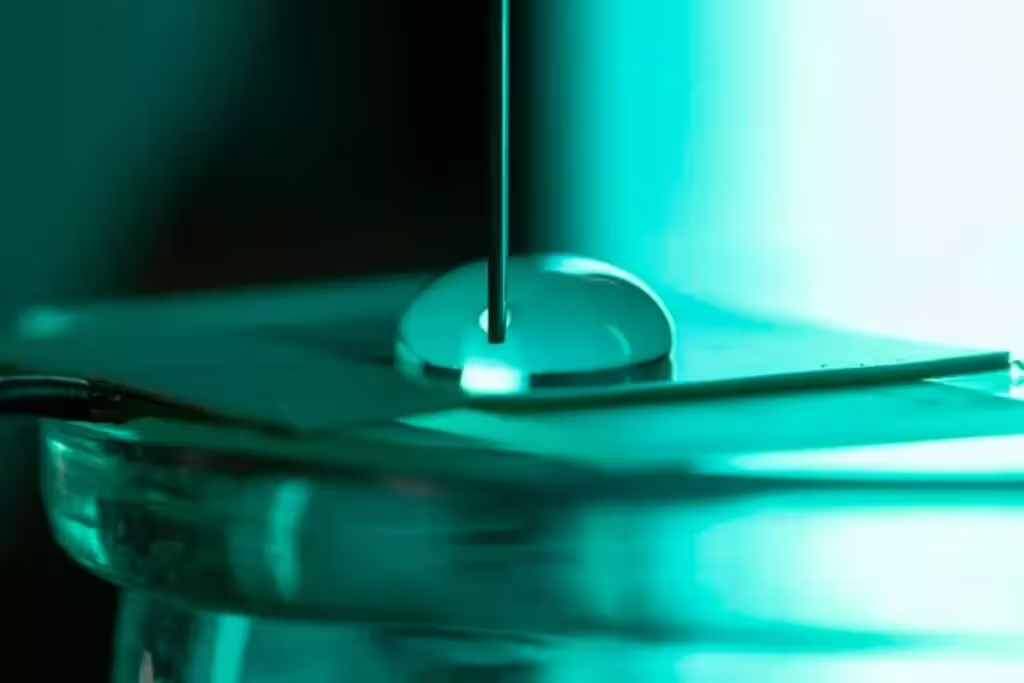3 Minutes
Harnessing Renewable Energy from Rain: A Singaporean Breakthrough
Researchers at the National University of Singapore have unveiled an innovative clean energy solution: generating electricity from the movement of rain-like water droplets inside a vertical tube. This pioneering technology successfully powered 12 LED lights during laboratory tests, potentially heralding a new era for urban renewable energy.
The Science Behind Rain-to-Electricity Technology
The concept is rooted in the phenomenon of “charge separation,” similar to the static electricity produced when a balloon is rubbed against skin. In this approach, the motion of water droplets on specially designed surfaces transfers and separates electric charges. The research, recently published in ACS Central Science by lead author Siu Ling Soh and colleagues, utilizes a specific water flow pattern known as "plug flow." In this configuration, short columns of water with air gaps in between tumble through a vertical tube. As these droplets travel, their movement induces alternating electric charges along the tube’s inner walls.
From Experimental Setup to Real-World Potential
Unlike conventional hydropower systems—which require large volumes and fast-moving water sources like rivers—this new method is tailored for small water volumes and low flow rates. Once the droplets travel down the tube, the separated charges are harnessed to generate usable electricity. Collected water gathers in a reservoir at the base, completing the circuit without waste.

While electric charge separation is a known phenomenon, it typically offers low power output because only the surface area contacted by the moving liquid is utilized for energy harvest. However, the Singaporean team overcame this limitation with their uniquely designed surface and flow system, significantly improving energy conversion efficiency.
Performance, Applications, and Future Prospects
Laboratory demonstrations showed that more than 10% of the kinetic energy from falling droplets could be converted to electricity—a notable achievement given that the droplet speeds used in the lab were even slower than actual rainfall. This suggests that the technology may achieve even higher efficiencies under real-world conditions.
According to the research team, the system’s simplicity of construction and maintenance gives it an edge over traditional hydroelectric power plants, making it suitable for rooftop installation on homes and buildings in urban settings. This advancement could help cities with limited access to large water bodies make meaningful use of rainfall for sustainable energy production.
Conclusion
The Singaporean rain-to-electricity innovation represents a promising step toward decentralized, clean power generation in urban environments. By efficiently transforming the kinetic energy of raindrops into usable electricity, this technology could become a valuable contributor to the global renewable energy mix, particularly for cities facing space and resource limitations. Continued research and optimization will be key to scaling the solution for wider adoption and maximizing its impact on urban sustainability.



Comments